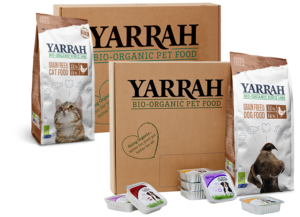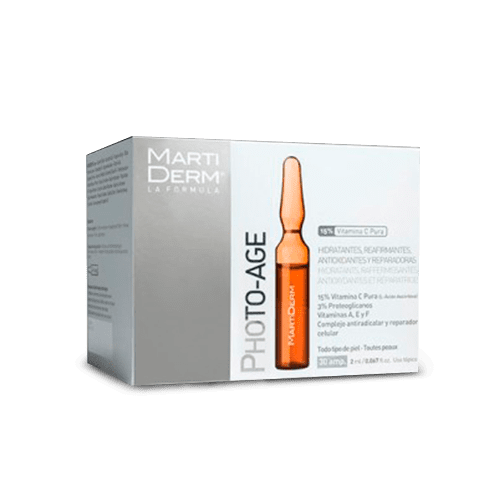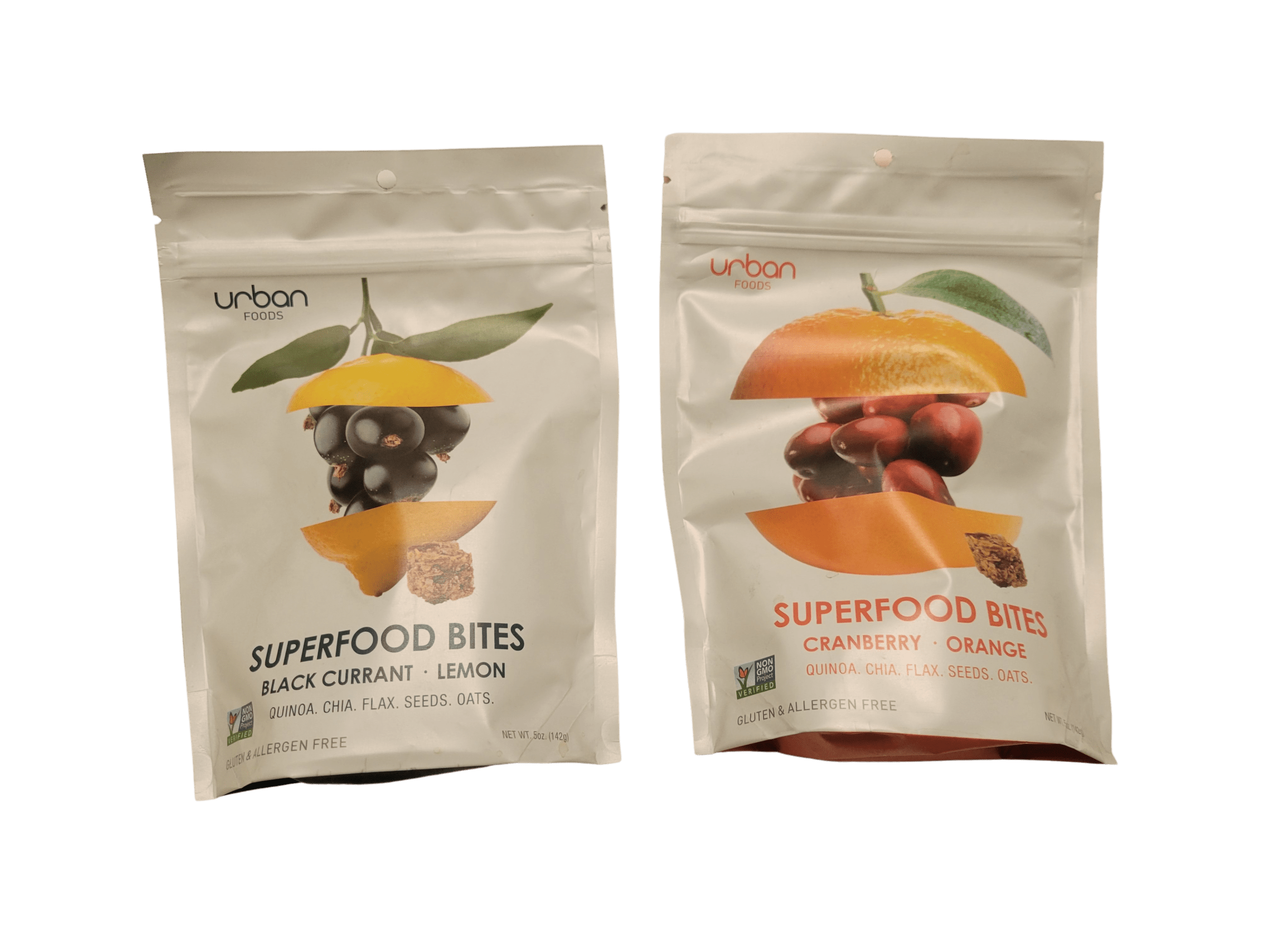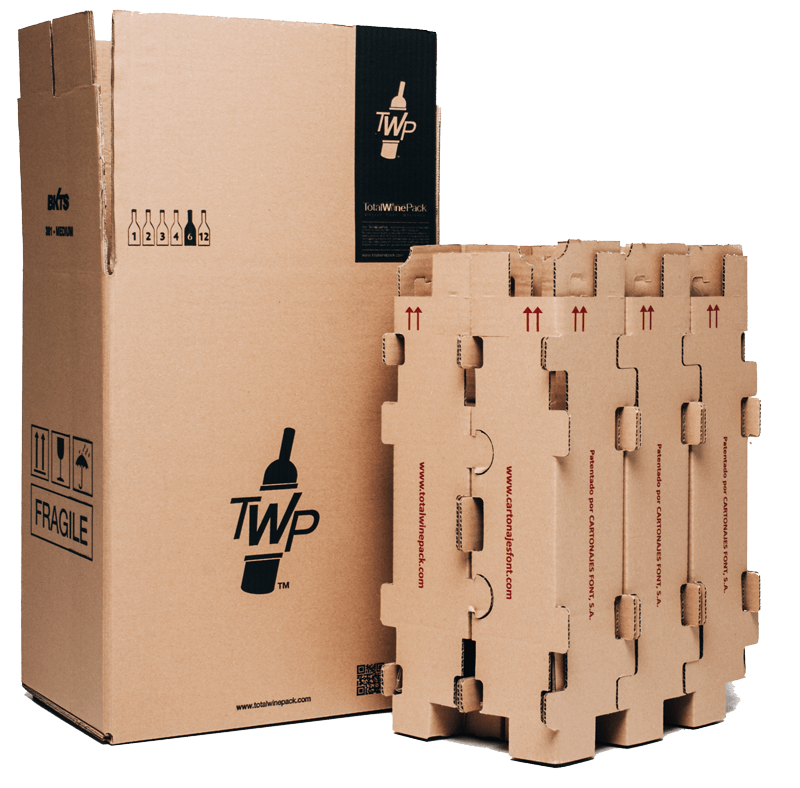Home » High-Graphics Printing for the Pet Care Market
High-Graphics Printing for the Pet Care Market
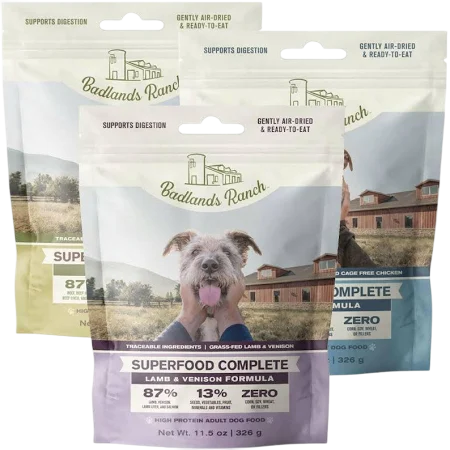
In the competitive pet care industry, packaging graphics can be as influential as product quality when it comes to driving sales. For pet food, treats, supplements, and accessories, print method and finishing choices impact shelf presence, consumer trust, and brand differentiation.
Print Methods for Pet Care Packaging
Flexographic Printing
- How it Works: Uses flexible relief plates and water-based or UV-cured inks.
- Advantages:
- Cost-effective for high-volume runs.
- Suitable for porous and non-porous substrates, including kraft paper, film, and woven polypropylene.
- Limitations:
- Lower resolution than gravure for complex imagery.
- Plate costs make it less ideal for short runs.
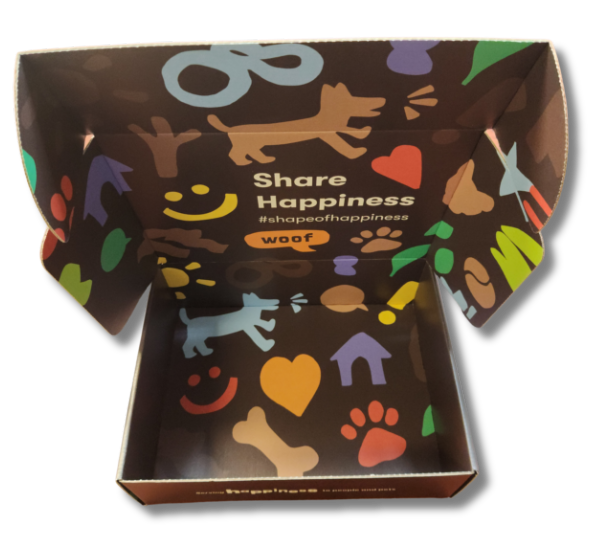
Digital Printing
- How it Works: Uses inkjet or toner-based technology without printing plates.
- Advantages:
- Ideal for short runs, SKU versioning, and seasonal promotions.
- No plate costs; faster turnaround.
- Limitations:
- Higher per-unit cost for large volumes.
Limited ink adhesion on certain films without primers or coatings.
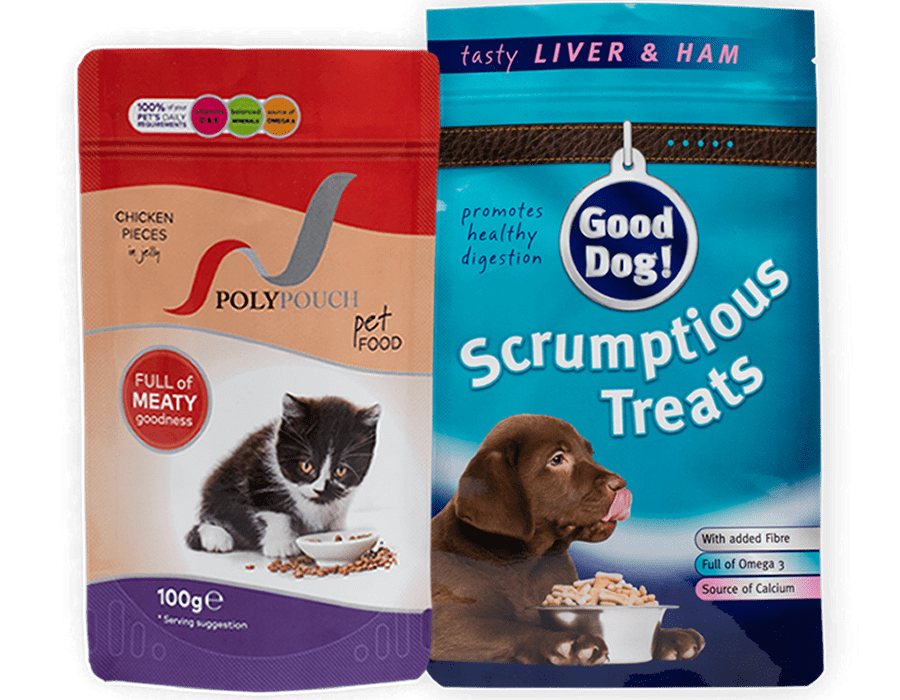
Rotogravure Printing
- How it Works: Uses engraved cylinders to transfer ink directly onto the substrate.
- Advantages:
- Exceptional image detail and color consistency.
- Ideal for full-coverage, high-graphic designs on flexible films.
- Limitations:
- High cylinder cost; best for very large production runs.
Finishing Techniques for Shelf Impact
- Matte & Gloss Varnish Combinations: Create contrast that draws attention to logos or product images.
- Soft-Touch Coatings: Give a premium tactile feel, appealing in higher-end treat or supplement markets.
- Metallic Inks & Foil Stamping: Provide high-end visual cues, often associated with premium quality.
- Transparent Windows: Showcase the product while maintaining high-graphic branding around it.
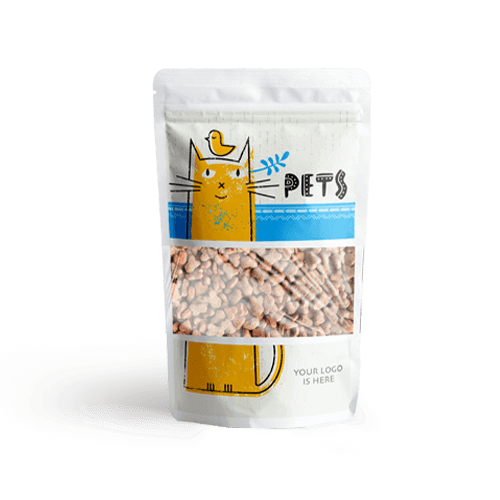
Consumer Psychology in Pet Packaging
- Pet Imagery: Featuring realistic, happy pets increases emotional engagement.
- Color Selection:
- Earth tones for natural or organic product positioning.
- Bright colors for treats or playful product lines.
- Typography: Bold, legible fonts support quick recognition in busy retail environments.
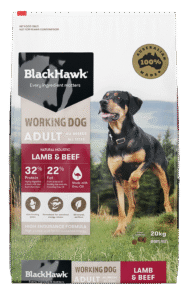
Durability and E-Commerce Considerations
- Scuff-Resistant Coatings: Prevent graphic wear during transit and shelf handling.
- Lamination Choices: Protect against moisture, grease, and abrasion for products like kibble and chews.
References
ASTM International. (2016). ASTM D5264-16: Standard practice for abrasion resistance of printed materials by the Sutherland rub tester. ASTM International. https://doi.org/10.1520/D5264-16
ASTM International. (2019). ASTM D685-19: Standard practice for conditioning paper and paper products for testing. ASTM International. https://doi.org/10.1520/D0685-19
Packaging Printing Handbook. (2023). Flexography, digital, and gravure printing methods in packaging. Retrieved from https://www.packagingprintinghandbook.com
Corrugated board comes in multiple flute sizes and wall grades, each designed to balance strength, weight, and cost. Selecting the wrong grade can lead to product damage, excessive freight costs,
As tariff changes reshape global trade, packaging buyers moving production from China to the U.S. or nearshore regions face a new challenge: supplier qualification. Transitioning supply doesn’t end once a
With new tariff proposals and continued trade uncertainty, 2026 is shaping up to be another pivotal year for packaging sourcing strategy. Many companies that shifted production away from China in
Following multiple rounds of tariff changes and trade policy adjustments, 2026 marks a turning point for U.S. packaging buyers. Many who previously transitioned from China to domestic or nearshore suppliers
Home » High-Graphics Printing for the Pet Care Market


